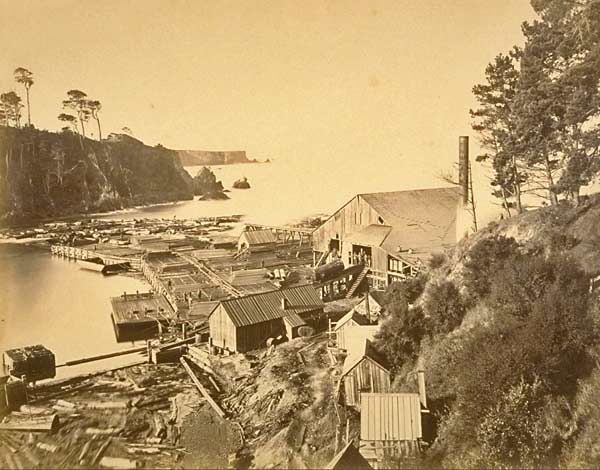

The Sportsman RV Park started out as a fishing center in the early 1950s. We’ll delve beneath the surface into the history of the park with this 100% true tale of our little corner of the world. Our story begins with one of the characters who lived it. Our unnamed historian prefers to remain anonymous — just in case…
Our historian was born in 1955 and grew up in the park. From an early age, he cleaned fish and did jobs around the park to make money, and he recalls that he “did real good financially.”
A herd of harbor kids roamed the area, exploring and playing. With the harbor as their playground, they created their own games and entertainment. One such game they invented became very popular, with up to 40 kids joining in at a time. It was a variation on hide-and-seek that they called “kick the can.”
The park was open from May through September. The rest of the year, the park’s only inhabitant was one guy from Sacramento who kept an RV there (and an eye on things).
When other residents were there, they fed our historian daily. Eggs and bologna was the favorite breakfast of the time.
Originally, the park was owned in partnership by the father-son team of Ray Welch, Sr. & Ray Welch, Jr., Dick Lucas, and a man named Shirley Stribbling. New 13′ to 15′ boats were built on-site, largely by Ray Welch, Jr., using wood and fiberglass.
There are rumors that much of the lumber used in building the park came from mysterious “unknown sources.” Many of the larger beams coming from Willits made their way into boats and buildings in the park — at least according to the rumors.
Many years later, Dick Lucas taught the now-owner of the Sportsman RV Park and his stepson how to fly radio-controlled airplanes at the Fog Busters Club. He was a very kind soul and was not involved in the graft of the early days. At the time of the RC flying, our trusty narrator had no idea of Dick Lucas’s history with the park.
In the early days, most guests did not have access to power and water connections for their RVs, but eventually that improved. Getting electricity often involved cash payments.
Generally, guests would pay for their stay with eggs, bologna, fruits, vegetables and the ALWAYS present — sometimes required — bottles of 10 High Whiskey (seems Shirley was the recipient of most of the 10 High).
Over time, the park evolved from its humble beginnings into a working fishing pier, RV park, cannery, and boat building facility. The park’s fortune rose with that of the weekend fishermen, who were thriving, mostly on the surface-feeding silver salmon. The silver salmon stocks dwindled significantly by the mid-60s, however, leading to a slowdown on the pier. In more recent years, the lower-feeding king salmon revived fishing — and the park. King salmon fishing continues to this day.
In the early days, fishing meant catching, unlike today, when more often than not, it means hoping to catch something. Fishermen didn’t go out unless they knew they could bring fish back. These were the days before radar and GPS — but the fog still rolled in, summer and winter alike. They had other ways to navigate and find the harbor when they came in from the sea.
A local fishing boat, the 36′ Beulah Navy landing craft party boat, held 6 guests and was the only working boat at first. Later came Jim Cummings in the early ’60s with a 12-guest boat.
Eventually, a fleet of 13′ and 15′ boats became available to rent and would be lowered down into the water with an electric winch. The winch could launch up to 18′ boats. There were a LOT of these boats tied up along the pier during the open season.
Twice weekly, the wives would all gather in the by-now-operational cannery to can fish. They were all volunteers, it seems. 500 to 750 lbs. of fresh Salmon were processed twice a week, and there was a freezer available to rent for those who needed it. Dick Lucas ran a smoke house where the bathrooms are now.
The coffee shop / gear store was on the dock and had mixed 2-stroke fuel for the outboards. There were always at least 1 or 2 games of cribbage going on at the counter.
To get an idea of life in the park during the 1960s, watch the movie “Summer of 42” and keep an eye out for the brief harbor scene, which was filmed on-site right here in Noyo Harbor in the 1960s. Our historian was hired to keep a camera mounted on his boat for the 2 weeks of filming. He said about 2 weeks of filming went into the very short finished scene that appears in the movie.
We still don’t know exactly what went on during the period of time between the 1960s and 2003 in the park, but our research is underway, and we hope to have those details soon.
In 2003, Dusty Dillion bought the park, upgraded the plumbing and electric, and brought the park into compliance with state law. Tragically, Dusty died in 2017 after a very short and unexpected illness. He had already planned on Pacific Blue’s takeover of the park’s operations prior to his death.
From its early days as a fishing center, Sportsman RV Park has evolved into a refuge for travelers, but it will always stay true to its unique and charming harbor personality. After all, it’s a fitting tribute to the park’s rich and storied past.